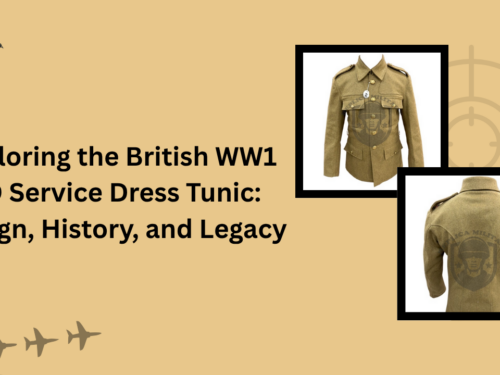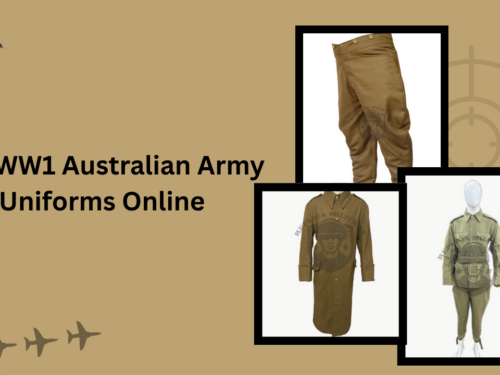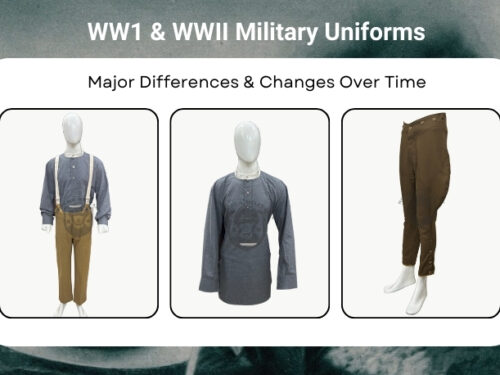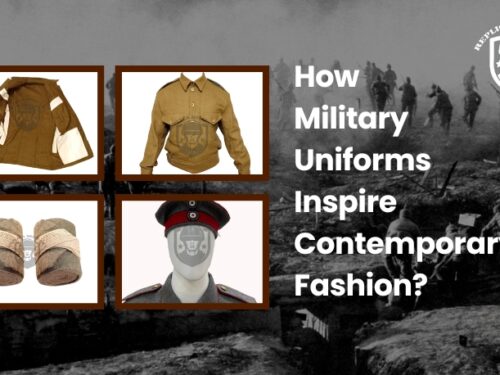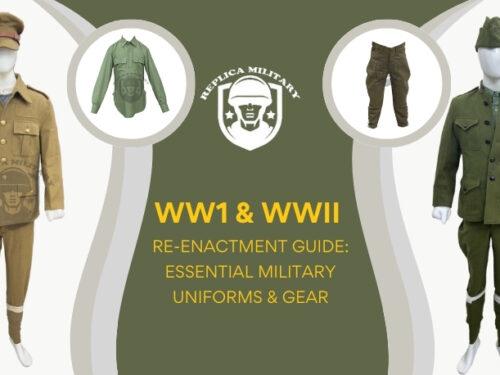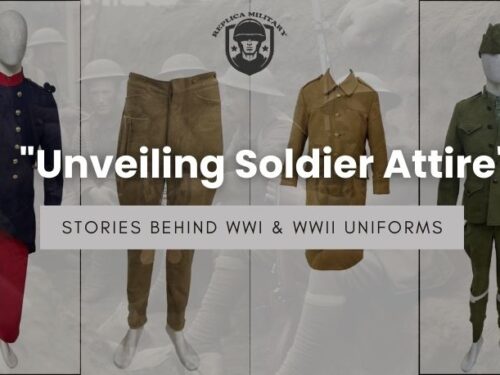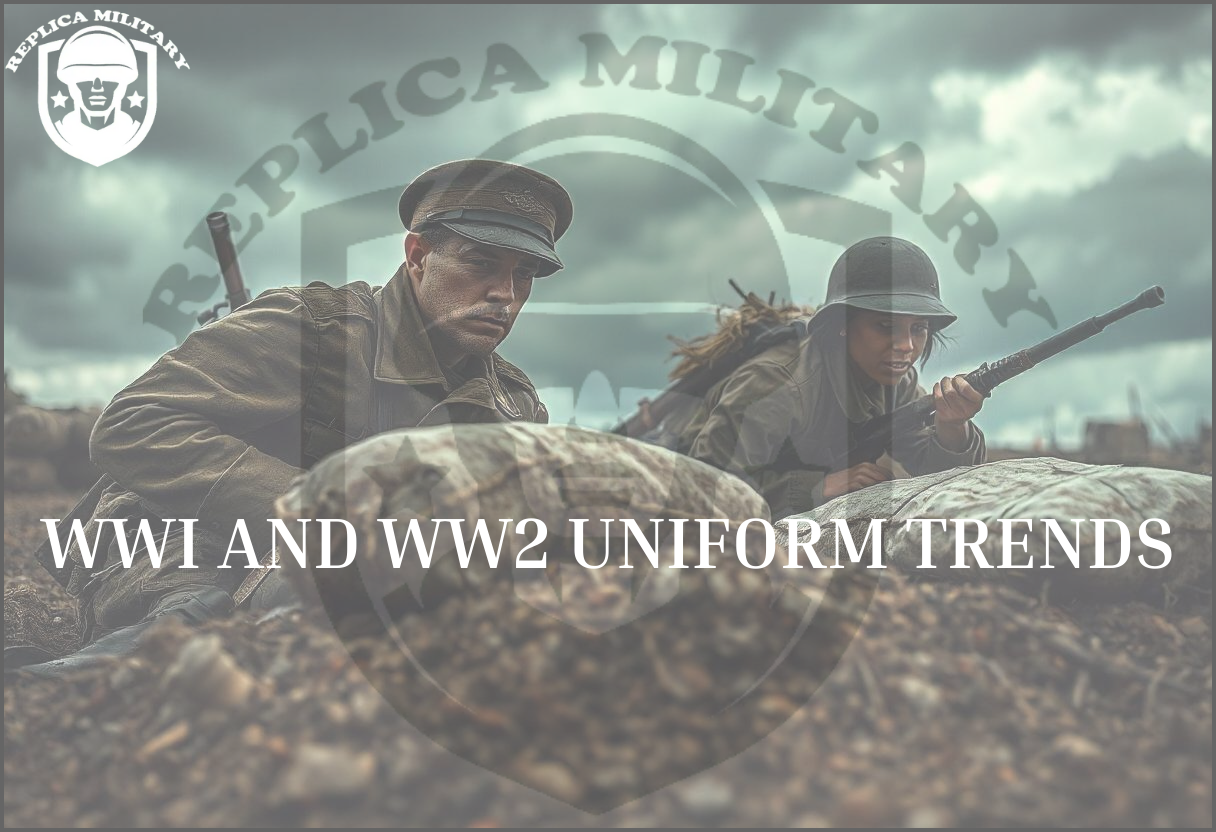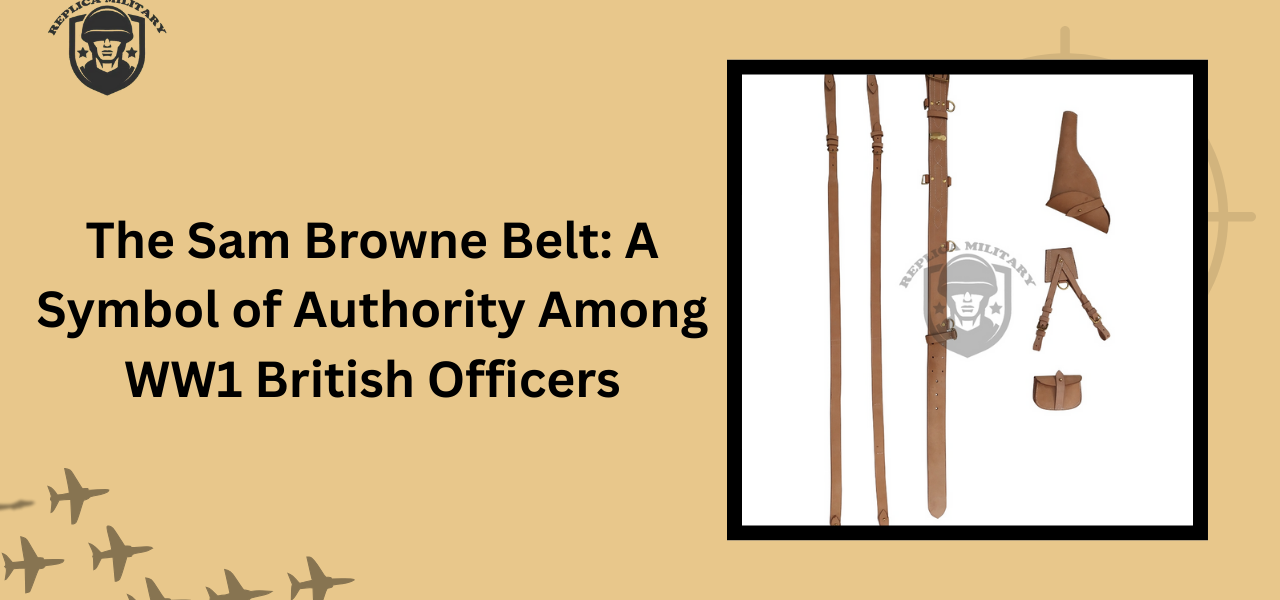
Introduction
The WW1 British officers Sam Browne belt is an accesory very important in military history as being functional and symbolic. The leather belt, with its characteristic shoulder supporting strap, became part of the British officer’s uniform from the onset of First World War. He designed it with the intent of using it to carry a sword or a pistol after losing his left arm: General Sir Sam Browne considered that his belt would allow for easier balance and use of limbs. Moreover, by the time World War I came around, it had become cherished by British officers. In this article, we examine the enduring practicality of the WW1 British officers Sam Browne belt, discussing its origin, use, and military significance to appreciate the blend of effort and ingenuity that created countless inherited tools.
Origins of the Sam Browne Belt
Who Was Sam Browne?
The belt is named after General Sir Sam Browne, a British Army officer who lost his left arm during combat in the Indian Rebellion of 1857. To better support and balance his sword, he crafted a special belt with a strap that crossed over his shoulder and fastened on the opposite waist. This balance allowed him to carry the sword with one hand.
Evolution Into Military Standard
Its adoption across the British Army is indicative of its practical nature. The belt had become a standard part of the officer’s gear by World War I. The WW1 British officers Sam Browne belt gained popularity for its practicality and for distinguishing enlisted personnel from officers.
Structure and Design of the Sam Browne Belt
Material and Build
The belt was crafted from durable, high-grade leather often brown in color. A main belt was worn around the waist with a supporting strap attached to the right shoulder. The WW1 British officers Sam Browne belt also featured holsters for pistols or swords and small items.
Functionality in the Field
The belt was not merely decorative. This multi functional belt enabled soldiers to secure their gear on the battlefield. The shoulder strap made balance easier, which was important during intense marches or combat situations.
Symbolism and Authority
Officer Identity
British officers were expected to be strict disciplinarians during the first world war. Soldiers had to quickly identify the officers due to the command bearer Sam Browne belt. The WW1 British belt helped soldiers spot their leaders swiftly in the blur of the battlefield.
Uniform Significance
The beautiful Sam Browne belt worn with the British WW1 SD Service Dress Tunic gave the officer full class and military bearing. This striking combination of the tunic and belt formed a uniform which was not only remarkable, but emblematic of authority and order.
Regulations and Military Protocol
Who Wore the Belt?
Only commissioned officers received the privilege of wearing the WW1 British officers Sam Browne belt. This policy ensured the belt remained a badge of authority, distinguishing officers from other ranks. The belt was used for all formal occasions, during parades and even in combat.
Dress Codes
The British military had a code in place concerning dressing. A proper and well kept belt was to accompany the British WW1 SD Service Dress Tunic to complete a polished presentation.
Popularity Beyond the British Army
Commonwealth Armies
The Canadian, Australian, and Indian Armies within the British Empire also incorporated the Sam Browne belt and in turn, adopted it as their own. This paved the way for further association with military leadership during the war.
International Influence
Other nations took notice of it after the first world war as well. It was increasingly adopted by other world’s armies as part of officer dress uniforms, which made it a symbol of practical strength.
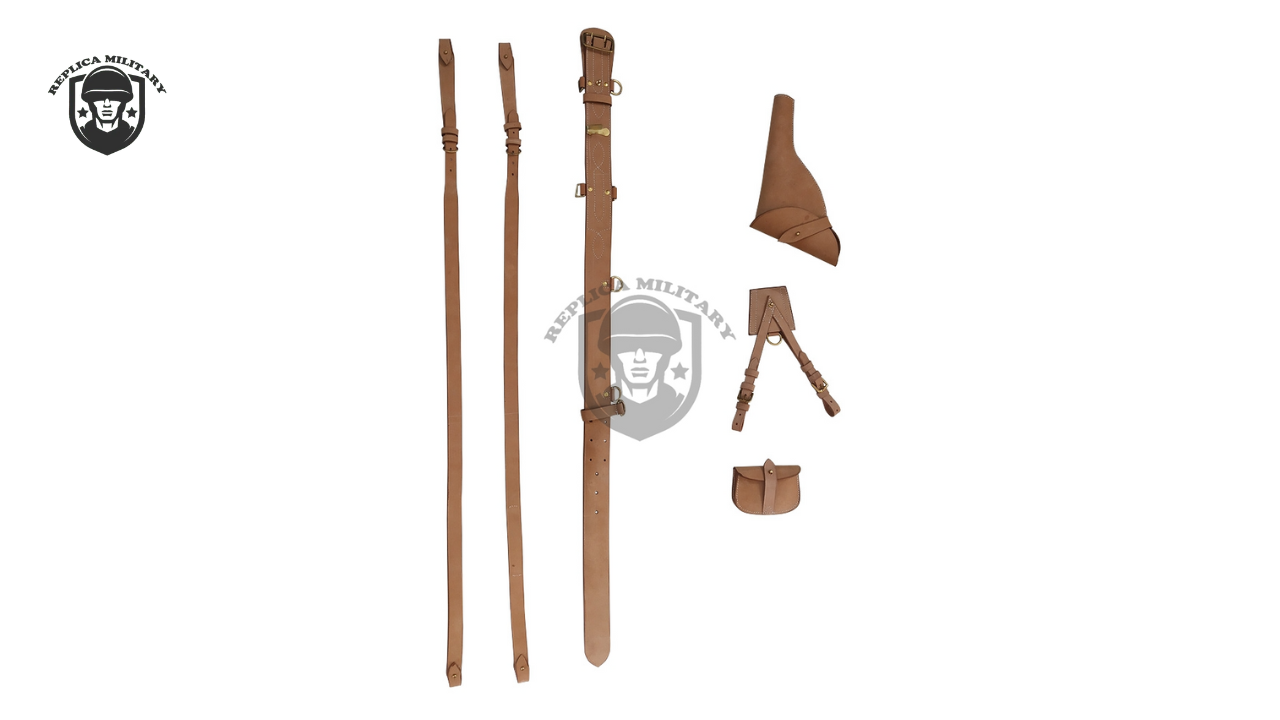 The Sam Browne Belt in Action
The Sam Browne Belt in Action
Frontline Utility
The British officers Sam Browne belt in the WW1 period made it easy for officers to carry their side arms and equipment on them. This is assists in easy access on the battlefield.
Parade Ground and Ceremonial Use
The belt is not solely for use in the battlefield, but also during military ceremonies. Its structure and polished leather gives an authoritative look to the officers.
Decline and Legacy
Phasing Out
The decline of the Sam Browne belt began after WWII due to changes in military strategy and uniform design. It was supplanted by modern load bearing equipment.
Lasting Symbol
The Sam Browne belt worn by British officers during WW1 symbolizes military tradition. It is still worn during certain ceremonies and by historical reenactors which helps retain some sense of its bygone glory.
Collecting And Reenactment
Historical Reproductions
Modern day collectors and historians value the Sam Browne belt associated with British officers during WW1 for its craftsmanship and significance, both authentic and reproductions of the belt are highly sought after.
Pairing With Authentic Uniforms
When portraying a British WW1 officer, the utmost attention to detail is expected to be observed. The British WW1 SD Service Dress Tunic is often worn alongside the belt, making it possible to construct a complete and accurate outfit for museums, films, and reenactments.
Conclusion
The WW1 British officers Sam Browne belt is not just a piece of leather; this item was a staple of military dress during the First World War and embodied the practicality, authority, and traditions of the time. Out of necessity it became a part of British identity, especially in the military, during the world wars. Its combination with the British WW1 SD Service Dress Tunic not only served to distinguish the officers in rank but also in elegance. It may not be standard issue today, but the enduring legacy of the belt will remain forever with collectors and historians, as well as those who respect past uniforms. For those studying or preserving military history, the WW1 British Officers Sam Browne belt is a treasured piece that chronicles the tales of commanding presence both within and beyond the battleground.

